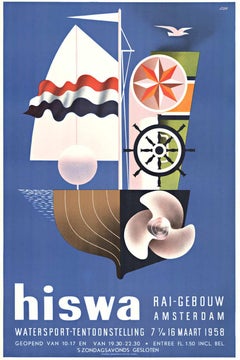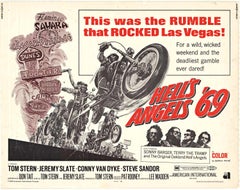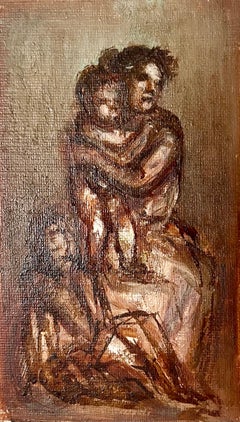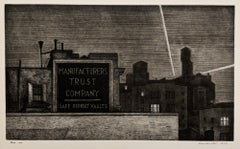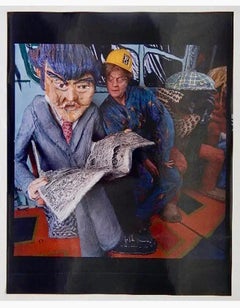American Modern Art
1950s American Modern Art
Lithograph
1960s American Modern Art
Offset
1980s American Modern Art
Lithograph
1930s American Modern Art
Oil, Board
1930s American Modern Art
Archival Paper, Etching
1980s American Modern Art
C Print, Color
1950s American Modern Art
Color, Lithograph
21st Century and Contemporary American Modern Art
Archival Ink, Photographic Paper, Color
1930s American Modern Art
Etching
1970s American Modern Art
Acrylic
Mid-20th Century American Modern Art
Handmade Paper, Etching
Mid-20th Century American Modern Art
Oil, Wood Panel
1920s American Modern Art
Canvas, Oil
1930s American Modern Art
Oil, Panel
1940s American Modern Art
Watercolor
1980s American Modern Art
Etching
1910s American Modern Art
Lithograph
2010s American Modern Art
Pastel, Archival Paper
1920s American Modern Art
Watercolor
1950s American Modern Art
Oil
1930s American Modern Art
Lithograph
2010s American Modern Art
Conté, Rag Paper
2010s American Modern Art
Gold Leaf
1970s American Modern Art
Canvas, Oil
20th Century American Modern Art
Charcoal
1920s American Modern Art
Crayon
Mid-20th Century American Modern Art
Handmade Paper, Etching, Aquatint
1930s American Modern Art
Lithograph
21st Century and Contemporary American Modern Art
Archival Ink, Photographic Paper, Color
Early 20th Century American Modern Art
Watercolor
1950s American Modern Art
Offset
1940s American Modern Art
Lithograph
Mid-20th Century American Modern Art
Lithograph
Mid-20th Century American Modern Art
Monotype
1930s American Modern Art
Etching
20th Century American Modern Art
Digital, Color, C Print, Photographic Paper
1960s American Modern Art
Lithograph
21st Century and Contemporary American Modern Art
Archival Pigment
1980s American Modern Art
Acrylic, Newsprint
1930s American Modern Art
Woodcut
2010s American Modern Art
Oil, Board
21st Century and Contemporary American Modern Art
Archival Ink, Photographic Paper, Color
21st Century and Contemporary American Modern Art
Canvas, Acrylic
2010s American Modern Art
Canvas, Acrylic
Mid-20th Century American Modern Art
Lithograph
1930s American Modern Art
Lithograph
1990s American Modern Art
Screen
1950s American Modern Art
Lithograph
Mid-20th Century American Modern Art
Etching
1950s American Modern Art
Offset
Mid-20th Century American Modern Art
Handmade Paper, Laid Paper, Etching
1940s American Modern Art
Oil
20th Century American Modern Art
Digital, Photographic Paper, Color, C Print
1950s American Modern Art
Lithograph
1930s American Modern Art
Oil, Board, Canvas
20th Century American Modern Art
C Print, Photographic Paper, Black and White, Digital
1960s American Modern Art
Oil
Mid-20th Century American Modern Art
Oil
21st Century and Contemporary American Modern Art
Archival Ink, Photographic Paper, Color
1960s American Modern Art
Canvas, Oil, Illustration Board
